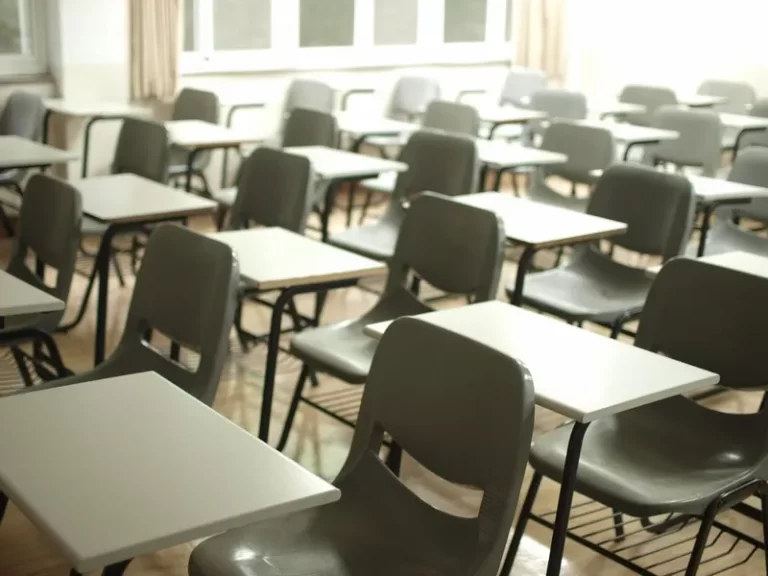Table of Contents
- Introduction
- Background and Context
- Key Findings
- Methodological Innovations and Criticisms
- Sociological Implications
- Policy Impacts and Legacy
- Re-evaluations and Continuing Debates
- Conclusion
Introduction
In the field of sociology, few documents have had as profound and controversial an impact on educational policy and sociological research as the Coleman Report. Officially titled Equality of Educational Opportunity and published in 1966, this landmark study, commissioned by the U.S. Department of Education and led by sociologist James S. Coleman, reshaped the understanding of educational inequality in the United States. Its findings challenged dominant assumptions about the role of schools in producing social equality and laid the groundwork for debates that continue to animate educational policy and sociological inquiry today.
Coleman’s research signaled a turning point for both academic discourse and legislative intervention. By empirically demonstrating that unequal outcomes in education were rooted more deeply in familial and social factors than in the unequal distribution of school resources, the report contributed to a broader critique of institutional approaches to social equity. As such, the Coleman Report became an enduring point of reference in both policy reform and the academic investigation of structural inequality.
Background and Context
The Coleman Report was a response to the Civil Rights Act of 1964, specifically Title IV, which mandated the federal government to examine whether educational resources and opportunities were distributed equitably across racial and ethnic groups. In an era marked by desegregation struggles and the burgeoning civil rights movement, the U.S. government sought empirical data to inform and evaluate efforts toward educational equity.
The research team, led by Coleman and involving over 600,000 students and teachers in more than 4,000 schools, aimed to analyze the extent to which schools contributed to equal educational outcomes among different racial and socioeconomic groups. The study’s scale was unprecedented, combining large-scale quantitative data collection with innovative statistical techniques, notably path analysis.
This context is vital to understand. The 1960s were a period of intense racial tension and social change. The federal government’s commissioning of the report can be seen as an attempt to produce actionable knowledge amid judicial and legislative shifts towards equality, such as the Brown v. Board of Education decision and subsequent federal desegregation mandates. The Coleman Report stood at the intersection of sociological inquiry and political necessity, marking a rare case where sociological research had immediate and widespread influence.
Key Findings
Coleman and his colleagues presented several conclusions that were, at the time, both revelatory and controversial. These findings not only challenged prevailing beliefs but also helped reshape how researchers and policymakers approached educational inequality.
1. Family Background and Socioeconomic Status Matter More Than School Resources
The report’s most famous—and perhaps most provocative—finding was that variations in student achievement were more strongly correlated with family background and socioeconomic status than with differences in school resources. In particular:
- Parental education and family income had a powerful effect on student performance.
- The achievement gap between white and Black students could not be fully explained by differences in school facilities or funding.
This shifted the discourse from schools as the great equalizers to a recognition of their limitations in offsetting entrenched social inequalities. It suggested that educational disparities reflected broader societal stratification.
2. Peer Composition Affects Educational Outcomes
The study emphasized the significance of the social composition of student bodies:
- A student’s academic performance was positively influenced by attending schools with higher-achieving peers.
- The presence of middle-class students and a culture of high expectations positively impacted the educational engagement of all students.
This highlighted the importance of school climate and peer influence, underscoring how the social environment mediates academic outcomes. It further strengthened arguments for racially and socioeconomically integrated schooling.
3. Teacher Quality Matters, but Measurement is Complex
While teacher quality was found to influence outcomes, the Coleman Report acknowledged the difficulty in quantifying what makes a teacher effective. Observable characteristics such as degrees and years of experience were not always reliable predictors of student success.
Subsequent research has built on this point, examining how pedagogical practices, teacher expectations, and relational engagement contribute to student achievement. The report thus laid a foundation for later studies into educational effectiveness.
4. Resources Do Matter—but Indirectly
Although the report suggested that direct inputs like per-pupil spending or physical infrastructure were not the primary determinants of achievement, it did not claim that resources were irrelevant. Instead, it implied that resources must be leveraged in ways that enhance student engagement and teacher effectiveness.
Thus, while the headline message seemed to downplay the role of material investment, a nuanced reading reveals a more complex picture. Investments matter—but how they are deployed may be just as important as how much is spent.
Methodological Innovations and Criticisms
Innovations
The Coleman Report introduced sociologists to new methodological paradigms in studying education:
- Large-scale survey data: The report demonstrated the utility of combining administrative data with survey research.
- Multivariate statistical analysis: It pioneered the use of regression and path analysis in educational sociology.
- Comparative data across racial and regional lines: This allowed for nuanced conclusions about structural disparities and their impact across various U.S. contexts.
These innovations significantly influenced subsequent research in the sociology of education, helping to establish empirical sociology as a critical tool for policy analysis.
Criticisms
Despite its influence, the report has faced sustained critique:
Get the full article AD FREE. Join now for full access to all premium articles.
View Plans & Subscribe Already a member? Log in.





